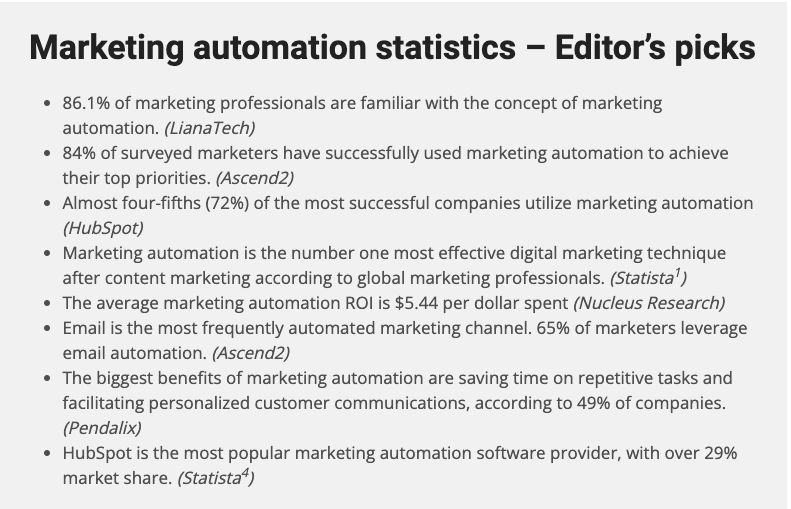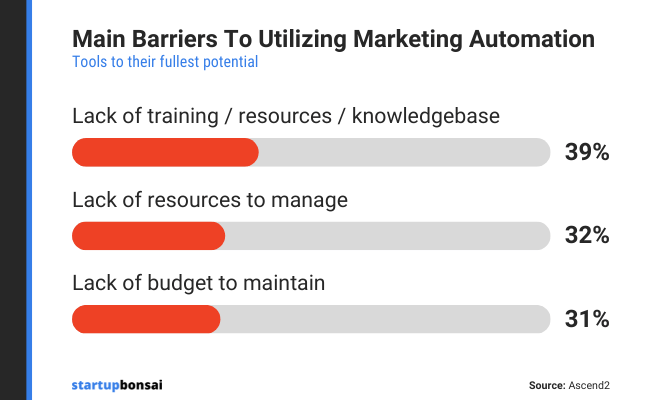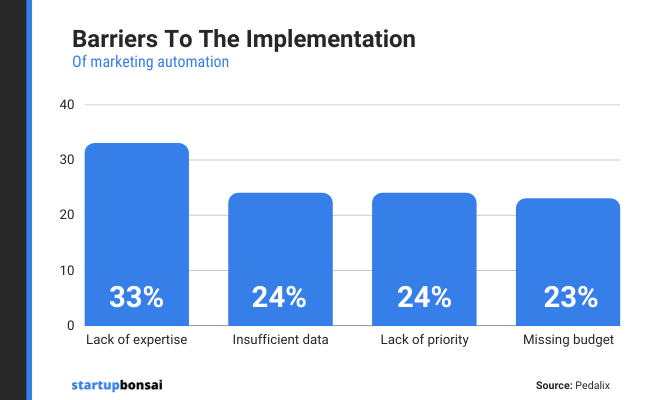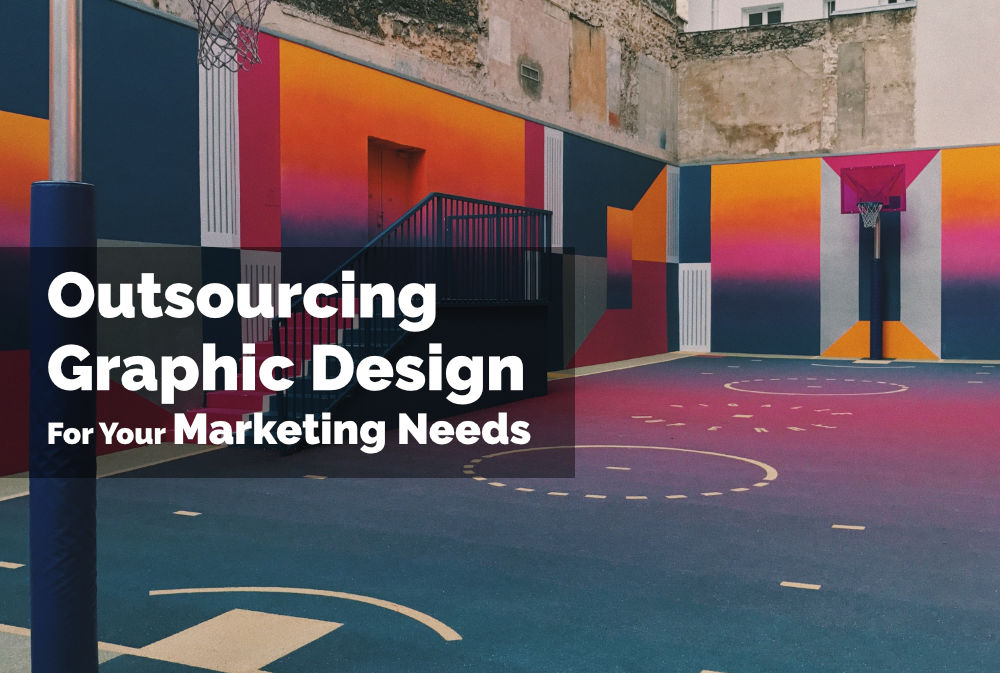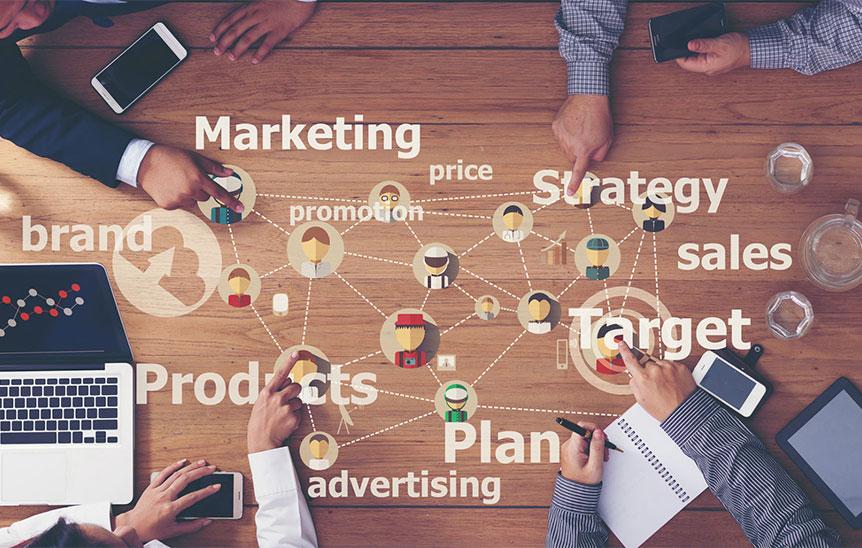
21 Powerful Content Strategies for Local Business Growth
Whether you’re looking to create educational content, engage with your audience on social media, or share behind-the-scenes glimpses of your business, these ideas will help you create valuable content that resonates with your target audience. So, let’s dive in and get some inspiration!
21 Content Marketing Ideas
- Create a “how-to” guide related to your business or industry. A how-to guide can be a valuable resource for potential customers who are searching for information on a specific topic. For example, a local bakery could create a how-to guide on baking bread at home, with tips and tricks for getting the perfect loaf.
- Showcase a customer success story or case study. Sharing customer success stories is a great way to build trust and credibility with potential customers. For example, a local gym could feature a client who lost weight and achieved their fitness goals through their services.
- Share a behind-the-scenes look at your business operations. Sharing a behind-the-scenes look can help customers feel more connected to your business and give them a better understanding of how you operate. For example, a local brewery could share a video of their brewing process or give a virtual tour of their facilities.
- Publish a list of your top tips or tricks related to your business. Sharing valuable tips or tricks related to your business can position you as an authority in your industry and provide value to potential customers. For example, a local landscaping company could share their top tips for maintaining a healthy lawn.
- Host a Q&A session on social media or your website. Hosting a Q&A session is a great way to engage with your audience and answer any questions they may have. For example, a local bookstore could host a Q&A with an author, allowing customers to ask questions about their latest book.
- Share a funny or heartwarming story related to your business. Sharing a funny or heartwarming story can help customers feel more connected to your business and create a positive brand image. For example, a local coffee shop could share a story about a regular customer who always orders the same drink, and the barista who remembers their order by heart.
- Write a blog post about the history of your business or industry. Sharing the history of your business or industry can help customers understand your values and mission. For example, a local museum could share the history of the building they’re housed in, or a local restaurant could share the story of how they got started.
- Create a video tour of your business. A video tour can give potential customers a better sense of your business and what you offer. For example, a local spa could create a video tour of their facilities and services.
- Share a series of educational posts on a topic related to your business. Sharing educational content can position you as an authority in your industry and provide value to potential customers. For example, a local accounting firm could share a series of posts on tax planning tips for small businesses.
- Host a giveaway or contest on social media. Hosting a giveaway or contest is a great way to engage with your audience and attract new followers. For example, a local clothing boutique could host a giveaway for a gift card or a free outfit.
- Share a recipe or DIY project related to your business or industry. Sharing a recipe or DIY project can provide value to potential customers and create a positive brand image. For example, a local hardware store could share a DIY project for building a bookshelf using their tools and supplies.
- Collaborate with a local influencer or blogger to promote your business. Collaborating with a local influencer or blogger can help increase your brand visibility and reach new audiences. For example, a local brewery could collaborate with a beer blogger to review their latest beer release.
- Share a list of your favorite local businesses and why you love them. Sharing a list of your favorite local businesses can help build community and show support for other small businesses
- Highlight a charitable cause or community event that your business supports. Sharing information about charitable causes or community events that your business supports can help build goodwill and demonstrate your commitment to the local community. For example, a local restaurant could share information about a fundraiser they’re hosting for a local food bank.
- Create a “day in the life” video or blog post about a typical day at your business. Creating a “day in the life” video or blog post can give potential customers a better understanding of what it’s like to do business with you and help build trust. For example, a local hair salon could create a video showcasing a typical day in the salon, from opening to closing.
- Share a list of your favorite books, podcasts, or other resources related to your business or industry. Sharing a list of your favorite resources can help position you as an authority in your industry and provide value to potential customers. For example, a local marketing agency could share a list of their favorite marketing podcasts or books.
- Interview an expert in your industry or a related field. Interviewing an expert can help you provide valuable insights to your audience and showcase your expertise. For example, a local real estate agent could interview an interior designer to get tips on how to stage homes for sale.
- Share a seasonal or holiday-themed post related to your business. Sharing seasonal or holiday-themed content can help you stay relevant and engage with your audience throughout the year. For example, a local gift shop could share a list of Valentine’s Day gift ideas.
- Host a live or virtual event related to your business. Hosting an event can help you engage with your audience and provide value to potential customers. For example, a local yoga studio could host a virtual yoga class for beginners.
- Share a list of frequently asked questions related to your business. Sharing a list of frequently asked questions can help potential customers find answers to their questions and position you as a helpful resource. For example, a local law firm could share a list of frequently asked questions about divorce law.
- Create a meme or humorous post related to your business or industry. Sharing a funny or humorous post can help you create a positive brand image and engage with your audience in a lighthearted way. For example, a local pet store could share a meme about the joys of being a dog owner.
Need help with your content marketing? Get in touch for a free consultation.


